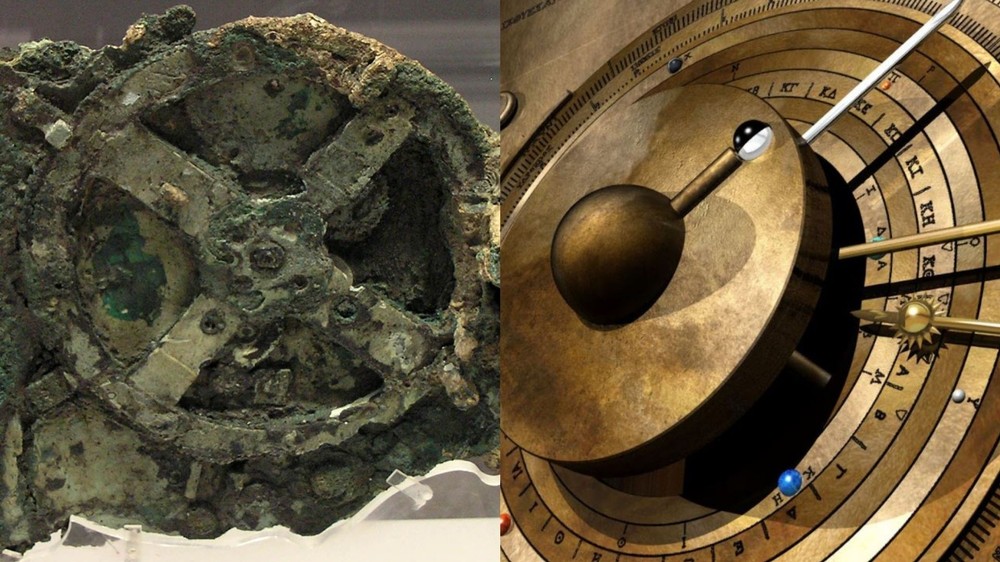
Tools made of stone show the migratory patterns of early humans
(photo credit: EMIL ELJEM/ISRAEL ANTIQUITIES AUTHORITY)
Researchers from Kent’s School of Anthropology and Conservation have found that prehistoric Oldowan and Acheulean stone tool technologies are tens of thousands of years older than previously thought, according to a new study.
The new study, which was published in the Journal of Human Evolution, claims that Oldowan stone tools were developed some 2.617-2.644 million years ago, 36,000 to 63,000 years prior , while Acheulean stone tools date, developed 1.815-1.823 million years ago, were made 55,000 years earlier to what existing evidence suggests.
This discovery was based on a statistical modelling method newly used in archaeology, and provides greater insight into the chronology of human evolution, in addition to their dietary habits and behavior. Oldowan and Acheulea stone technologies helped early humans gain access to new foods, along with preparing animal carcasses.
Read the rest of this article...


